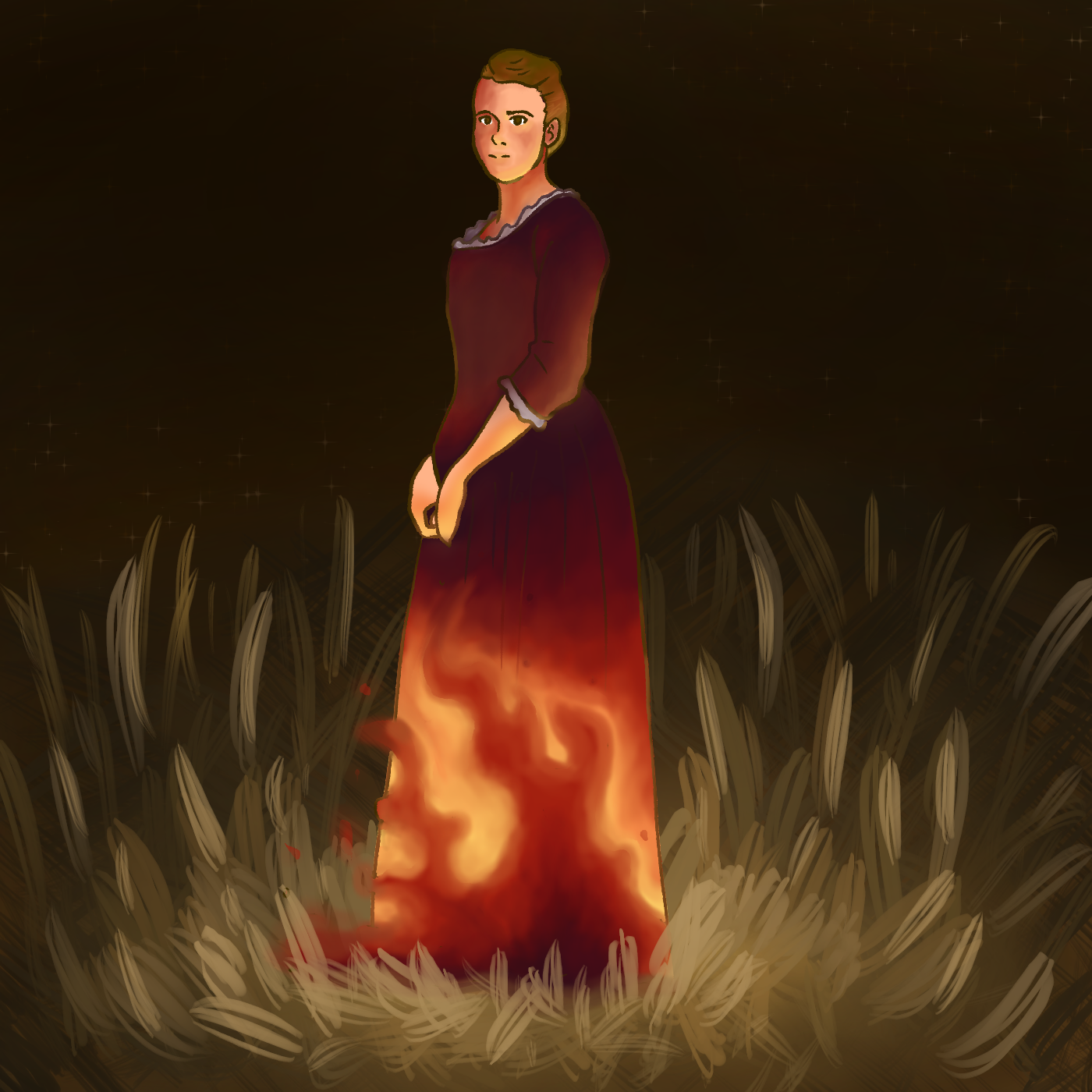Please visit response.fsu.edu for official FSU updates and resources.
Portrait of a Lady on Fire: Color, Female Gaze, and Myth
 French filmmaker Céline Sciamma’s new film, Portrait of a Lady on Fire (2019), was the recipient of the award for Best Screenplay and the Queer Palm at the Cannes Film Festival. At the time this was written, the film boasted a 98% Fresh score on Rotten Tomatoes with an Audience Score of 92%. Portrait was released in the U.S. in 2020 and is available for streaming on Hulu. Since its release, it has produced a lot of commentary, both about its breathtaking cinematography and its scandalous love scenes.
French filmmaker Céline Sciamma’s new film, Portrait of a Lady on Fire (2019), was the recipient of the award for Best Screenplay and the Queer Palm at the Cannes Film Festival. At the time this was written, the film boasted a 98% Fresh score on Rotten Tomatoes with an Audience Score of 92%. Portrait was released in the U.S. in 2020 and is available for streaming on Hulu. Since its release, it has produced a lot of commentary, both about its breathtaking cinematography and its scandalous love scenes.
The visually stunning piece takes place in Brittany in the eighteenth century. The drama follows a painter, Marianne (Noémie Merlant), who is hired to create a portrait of Héloïse (Adèle Haenel), a young woman who refuses to pose. The portrait is intended as a gift for Héloïse’s betrothed, a rich Milanese man. By protesting the portrait, Héloïse also protests her arranged marriage. Marianne is thus introduced to her as a walking companion, which gives way to a budding romance between the two women.
These strolls along the cliffs and beaches of Brittany present gorgeous, lively backdrops. The cerulean waves and clear skies contrast beautifully with the characters’ dresses. The two protagonists don the same gowns on their walks: Marianne sports a red one and Héloïse wears blue. Near the end of the film, Héloïse’s mother appears in a blue gown with a very similar print. These colors illustrate a rift between the two lovers in a very similar way to how the Capulets and the Montagues were differentiated onstage and onscreen by red or blue costumes respectively. In the opening scene, Marianne is wearing a blue dress, which mends the rift between herself and Héloïse, despite being much further away at this point in the narrative.
Even beyond the color palette, Portrait is a truly captivating story told through a female lens. The female gaze, as defined by Tori Telfer from Vulture, is “emotional and intimate. It sees people as people. It seeks to empathize rather than to objectify. (Or not.) It’s respectful…it’s feminine and unashamed.” The absence of background music in a majority of Portrait, especially during the accompanied walks, simulates real life and effectively makes these scenes feel personal and intimate. The absence of named male characters – and male actors in general throughout most of the film – accustoms the viewer to female characters and even promotes a slight discomfort when men appear onscreen, as if they were intruders.
Another outstanding characteristic of this film is its use of Greek mythology. The writing draws delicate parallels between the myth of Orpheus and Eurydice and the two protagonists’ relationship. These parallels also foreshadow the fate of the characters and allow for a brilliant and heartbreaking callback scene (which will not be described in order to avoid spoiling the ending of the film). The film uses mythology as an allusion instead of a device to excuse fantastical elements. There is no unexplained supernatural intervention, nor does Orpheus make an appearance onscreen. Instead, it is the tragedy of this myth that repeats itself in Marianne and Héloïse’s lives.
Portrait is one of those movies that you cannot stop thinking about, even long after the credits roll. If you are like me and enjoy re-watching movies, I am sure there are many more treasures to be uncovered in Portrait upon a second and third viewing. So by all means, press play and experience this marvel yourself.
Written by: Isabella Massardi | Instagram
Art by: Amanda Rivera | Instagram | Twitter



